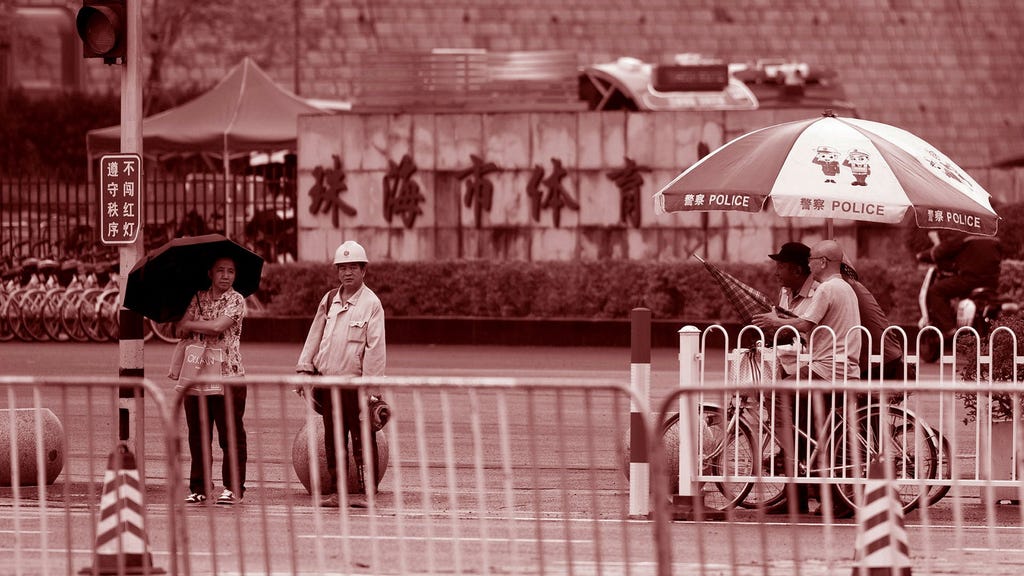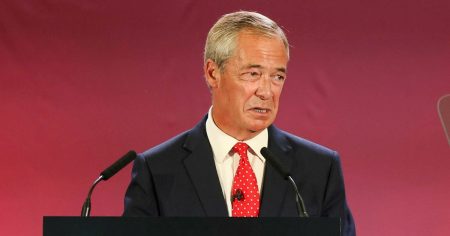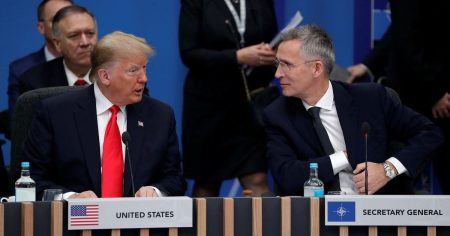The article from Dagens Nyheter, published in November 2024, discusses the unprecedented information lockdown imposed by the Chinese government following a violent incident at the Zhuhai Sports Center. While the absence of press freedom in China is a long-standing reality, the current level of control over information flow represents an alarming escalation, surpassing anything seen in a modern society. The article emphasizes the chilling effect this enforced silence has on the outside world’s understanding of the events unfolding within China’s borders. The lack of transparency fuels speculation and raises serious concerns about the true nature of the incident and its implications.
The tight control on information dissemination effectively creates a vacuum of verifiable facts. This void is often filled with fragmented, unofficial accounts, rumors, and speculation, making it incredibly difficult to discern truth from falsehood. The piece likely argues that this orchestrated information blackout allows the Chinese government to control the narrative, potentially downplaying the severity of the incident or shifting blame as it sees fit. The opacity surrounding the event raises concerns about potential human rights violations and the suppression of dissent, further underscoring the dangers of unchecked state power.
Furthermore, the article likely explores the broader implications of this information control on the international community’s relationship with China. The lack of transparency can erode trust and make it challenging for other nations to engage meaningfully with Beijing. It also highlights the increasing challenges faced by journalists and international observers attempting to report on events within China. The suppression of information not only hinders the ability of the outside world to understand the situation but also prevents the Chinese people from accessing diverse perspectives and forming their own informed opinions.
The incident at the Zhuhai Sports Center, while the immediate catalyst for the article, likely serves as a microcosm of the broader trend of increasing authoritarianism in China. The article likely connects this information lockdown to other recent developments demonstrating a tightening grip on civil liberties, such as increased surveillance, censorship, and the crackdown on dissent. It might also discuss the role of technology in facilitating this control, with advancements in AI and facial recognition enabling unprecedented levels of monitoring and repression.
The piece likely concludes by emphasizing the importance of holding the Chinese government accountable for its actions and advocating for greater transparency. It might call on international organizations and governments to exert pressure on Beijing to respect freedom of the press and allow independent investigations into the Zhuhai incident. The article also likely stresses the need for continued vigilance and support for those working to shed light on events within China, despite the significant risks they face. It likely serves as a call to action for the international community to resist the erosion of press freedom and defend the fundamental right to information.
Finally, the article likely underscores the need for further investigation and analysis to fully understand the complex factors contributing to this escalating information control. It potentially highlights the need for ongoing research into the evolving strategies employed by the Chinese government to control the narrative and the implications for both the Chinese people and the global community. The piece may also emphasize the importance of supporting independent journalism and citizen journalism initiatives as crucial tools for combating censorship and promoting transparency in a world where access to information is increasingly under threat.














